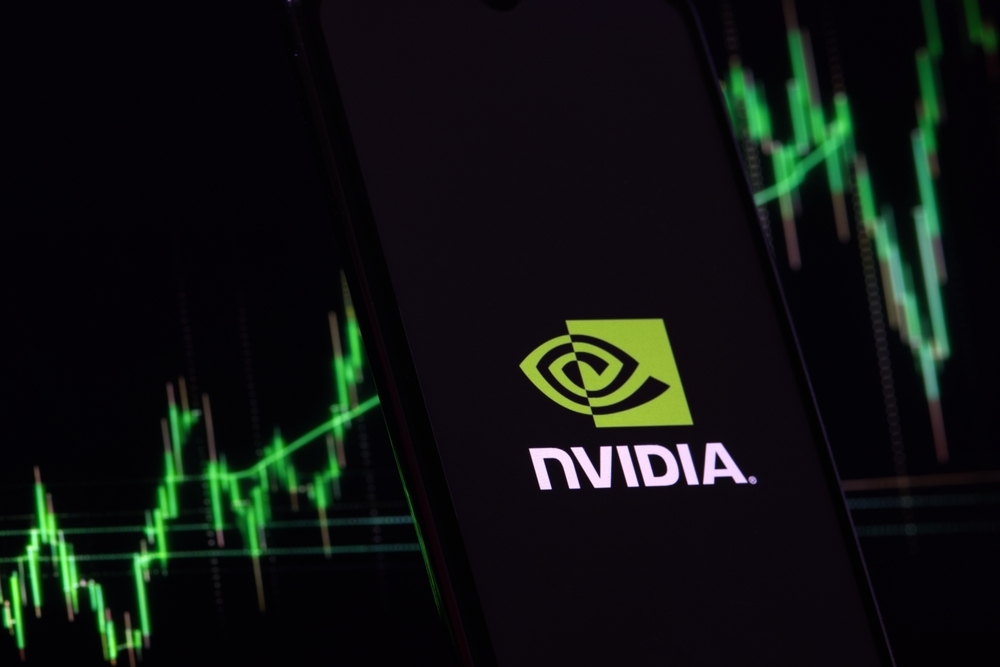
On Tuesday, Nvidia (NVDA) announced a partnership with Oracle (ORCL) to help accelerate the digital transformation being undertaken by Abu Dhabi’s Department of Government Enablement (DGE).
By integrating Nvidia’s AI Enterprise software on Oracle Cloud Infrastructure, the two companies will help DGE rapidly deploy production-grade AI solutions, supporting Abu Dhabi’s goal of becoming an AI-native government by 2027.
Also on Tuesday, Oracle Cloud Infrastructure announced that it was significantly expanding its partnership with AMD (AMD) by deploying 50,000 of AMD’s GPUs beginning in Q3 and expanding to 2027 and beyond.
The two companies have a longstanding partnership and Oracle will be the first hyperscaler to publicly offer the AMD Instinct MI450 Series GPUs.
What makes this noteworthy is that AMD is arguably Nvidia’s biggest rival and this launch is part of its effort to cut into Nvidia’s mammoth lead in the GPU market. It can also be seen as an effort by Oracle to lessen its reliance on Nvidia for GPUs.
In other words, on the same day that Oracle entered into a partnership with Nvidia, it conversely announced an expanded partnership with AMD aimed at cutting into Nvidia’s market domination.
It’s a reflection of how much the AI sector relies on Nvidia, but also how aggressively it is trying to decrease its dependence on the chip giant.
And it’s not just Oracle that is attempting this balancing act.
In September, OpenAI entered into a strategic partnership with Nvidia that will see the hyperscaler deploy at least 10 gigawatts of Nvidia systems across its AI infrastructure.
As part of the agreement, Nvidia will be investing up to $100 billion in OpenAI as the new Nvidia systems are deployed. Nvidia’s AI chips played a crucial role in OpenAI’s training of its ChatGPT platform.
However, OpenAI then announced last week that it was also partnering with rival AMD to deploy 6 gigawatts of the latter’s GPUs beginning in the second half of 2026.
And on Monday, the company said it was buying 10 gigawatts of computer chips from Broadcom (AVGO) in order to design its custom AI accelerators and support its strategy to begin designing its own AI chips.
These three deals by OpenAI create what Andrew Ross Sorkin called a “tricky tightrope act” in his Dealbook newsletter, noting that “money from the Nvidia investments could arguably be directed toward purchases of AMD chips, and in designing chips with Broadcom, OpenAI is reducing its reliance on Nvidia and AMD.”
Nvidia’s growth shows no signs of slowing
This tightrope act might be unavoidable for companies in the AI sector when Nvidia’s market share is so substantial: The company controlled a staggering 94% of the GPU market as of Q2, according to data from Jon Peddie Research.
This commanding position is driven by Nvidia’s proprietary Cuda software ecosystem, providing it with an unmatched role in the AI accelerator market and fostering a vast developer base.
In May, TD Cowen analysts said in a report that Nvidia’s share of the overall market for AI processors will grow from $117 billion in 2024 to $334 billion in 2030.
The firm also projects it will maintain a hold of at least 90% of the GPU market, with its revenue from AI chips projected to more than double from $100 billion in 2024 to $262 billion in 2030.
And despite increased competition coming from companies like OpenAI that are designing their own custom chips, TD Cowen expects that these products will “offer less performance” than Nvidia’s by “a healthy margin,” as Barron’s reported.
In a client note on Tuesday, Piper Sandler analyst Harsh Kumar pointed to Nvidia’s “robust” business conditions, noting that he sees “demand still outstripping manufacturing capacity and supply.”
This unyielding demand for its AI chips has allowed Nvidia to invest in other AI companies, even ones that could become potential rivals.
“In our view, funding provided by NVDA to various customers such as OpenAI and Coreweave is insulated from circular financing concerns,” Kumar said.
But it’s not just big names like AMD, OpenAI, and Oracle that are trying to grab market share away from Nvidia. Last month, a startup founded by Silicon Valley veterans from Apple and Google called Modular announced that it had raised $250 million in its latest funding round at a valuation of $1.6 billion.
According to the Financial Times, Modular’s goal, “is building an alternative to Nvidia’s Cuda software that has been vital to keeping customers locked to the chipmaker’s AI products.”
Your email address will not be published. Required fields are markedmarked